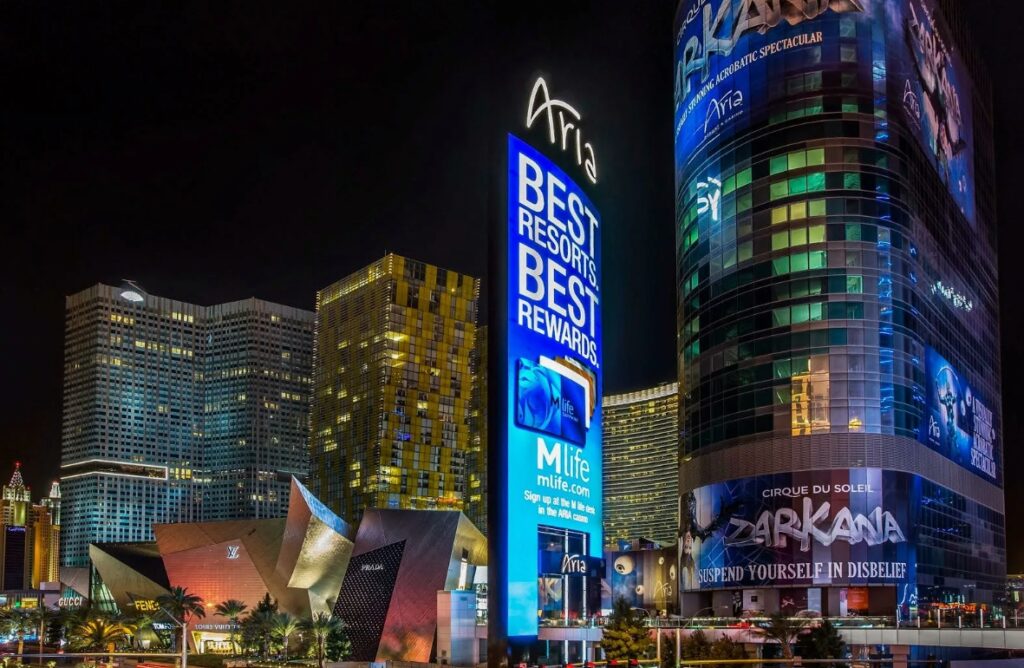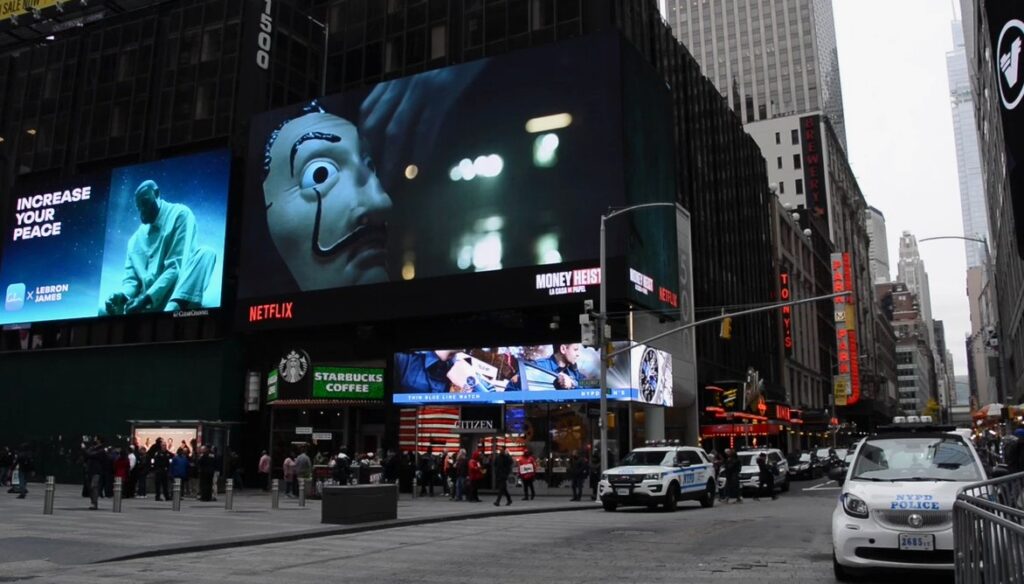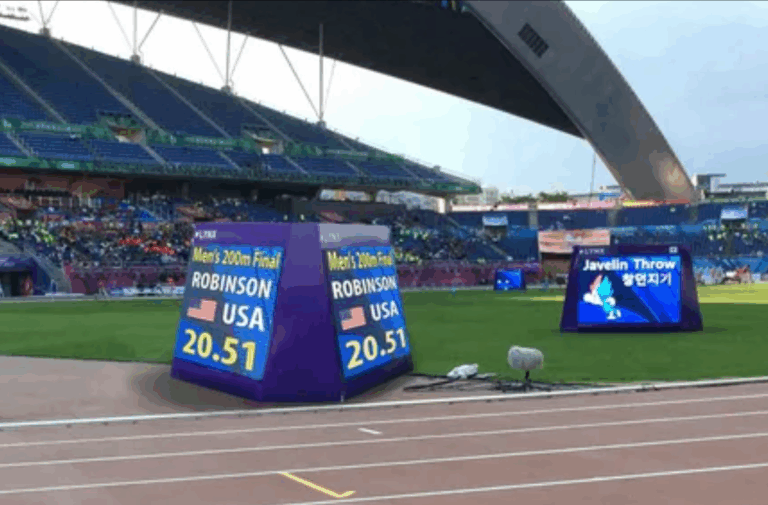The display screen has great functions and is mainly used to play various video images. It can be used for meetings and advertising. Most of the display screens currently on the market are LED, and the use effect of this kind of LED display will be better, which is unmatched by traditional projection. Do you know the difference between indoor LED display and outdoor LED display?
Outdoor LED display is a relatively common and widely used outdoor display. There are also many models. The more common models before were P16 and P20. Nowadays, the commonly used ones are P10, P8, etc., which are more popular among users. The reduction of models makes the pictures of outdoor LED displays clearer and clearer, and the user experience becomes better and better. But in the selection process, there are many parameters for outdoor LED display screens. Which parameters are important?

Let’s take a look at the specifications of outdoor LED displays.
Pixel spacing:
Pixel pitch is the physical distance between two adjacent LED pixels on an LED display, usually expressed in millimeters (mm). The smaller the pixel pitch, the higher the resolution of the display and the clearer the image display.
Solve:
The resolution represents the number of pixels in the horizontal and vertical directions of the LED display, usually expressed by the number of width pixels × the number of height pixels. Higher resolution means the display can render more detailed images and videos.
Brightness:
Brightness refers to the luminous intensity of outdoor LED displays, usually expressed in nits. Outdoor LED displays need to have high brightness to ensure they are still clearly visible under direct sunlight.
Viewing angle:
Viewing angle refers to the maximum angle at which a viewer can see the display content horizontally and vertically. The wide viewing angle ensures that viewers can get a high-quality visual experience at different positions.

Refresh rate:
The refresh rate indicates the number of times the outdoor LED display is refreshed per second, usually in Hertz (Hz). Higher refresh rates reduce image flickering and provide smoother video playback.
Grayscale:
Gray scale refers to the number of different brightness levels that an LED display can display. Higher gray levels can present more detailed images, especially for color images and video display effects.
Protection level (IP level):
The protection level indicates the dustproof and waterproof performance of the outdoor LED display, usually expressed in the form of IPXX. Outdoor LED displays need to have a high level of protection to adapt to various harsh climatic conditions.
Energy consumption:
Power consumption represents the energy consumed by the LED display when running, usually in watts (W). Low-power LED display is more energy-saving and environmentally friendly.
Screen size:
Screen size refers to the physical size of the outdoor LED display, usually expressed as width x height. Outdoor LED displays can be customized in different sizes.
Control System:
The control system is a key part of managing LED displays, including signal processing, content management and remote monitoring. Modern outdoor LED displays often support network connections, allowing remote control and updating of content.
Water and dust resistance:
Due to the harsh conditions of the outdoor environment, outdoor LED displays usually need to have good waterproof and dustproof properties. These specifications are usually expressed in terms of IP ratings, such as IP65 or IP67, with IP67 indicating higher waterproof performance.
These specifications are the most common and important parameters in outdoor LED displays. Users can choose appropriate specifications to meet their display needs based on specific application needs and site requirements.
After you understand the common specifications of outdoor LED displays, you can take the following steps for further planning and decision-making.
Determine needs: Users need to clarify the content and purpose they plan to display on the outdoor LED display. This may be for advertising, information dissemination, event presentation, entertainment or other purposes. Different applications will require different specifications.
Budget Assessment: Based on their needs, users estimate the budget range they can afford. The cost of outdoor LED displays depends on multiple factors, including size, resolution, brightness, etc. Do you want to know the current price of outdoor LED displays?
Supplier selection: Users need to choose a trustworthy LED display supplier to ensure high-quality products and services. They may request quotes and compare with multiple suppliers. Introducing to you the top 10 LED display companies in the United States.
Project Planning: Once specifications and vendor selection are finalized, users need to develop a project plan that includes installation schedules, maintenance plans, and content production schedules.
Understanding the common specifications of outdoor LED displays is one of the key steps to a successful project. You will need to carefully consider your own needs and work with a specialist supplier to ensure that a screen is chosen and installed that is suitable for their purpose and will achieve the desired results. As your LED screen expert, we have prepared LED display solution planning for you. Why not start by visiting our LED screens and get a free quote!





